CLOTH VACUUM CLEANER BAGS
One of the first inventions I remember doing was a cloth bag for my mother Hazel Weller’s Lewitt vacuum cleaner in 1952. She had been buying paper bags for it. I was about 12 and had just learned to sew on a sewing machine. I sewed up a cloth bag for her vacuum. She tried it and was so impressed she made an appointment and took me in to see the president of Lewitt vaccuum cleaner company in NYC. He was not impressed at all. It seemed that they made most of their money selling bags, not vacuum cleaners. I learned a lesson in business economics.
ELECTRONIC AIR MOVING DEVICE
A current invention I have been working on since 1984 is an in atmosphere air moving device using ionic propulsion to accelerate air. It is a relatively simple concept. Because the air/ion packets are controlled and accelerated and moved away from the surface, the system results in a huge drag reduction if applied to an aircraft, which then results in a very efficient and a very fast and maneuverable aircraft that can accelerate in any direction at any time, and can go extremely fast with much less supersonic engineering. There is a trick to make this device work.
While in Florida during the winter of 1984 /1985 I even submitted three SBIR research proposals-one to AFOSR/XOT Bolling Green Air Force Base, one to Strategic Defense Initiative Organization, The Pentagon, Washimgton DC, and one to AFRPL/TSPR Edwards AFB, California. All were rejected.
While I have been encouraged by many (including a physics prof from MIT), I am a person who likes to make sure things work before anything else. As a result this project has been almost stagnant until I can find a small group with appropriate talents and some money to do development work.
My oldest son tried working on it but he is more engineer than scientist and ran out of funding before significant improvement of the electronic mass movement of air.
LIGHTWEIGHT ARMOR
George discovers light weight armor January 7, 1966 and made the disclosure in the following copy of the Invention Record Jan 10, 1966.
I started working for Owens Illinois, Inc. in September 1965 after graduating with an MBA from the Amos Tuck School of Business Administration at Dartmouth College that year.
One of my first jobs was to try to find uses for some reinforced thermoplastic sheet materials that O-I Lab people thought might make good automobile exterior body parts. No matter what they did with the current thermoplastics available at the time and various reinforcement fibers, they all sagged in the sun eventually-a concept known as “creep”.
So I took some sheets home to my rented duplex in Waterville, OH and had the idea of shooting them with a rifle. January 20, 1966 I backed the 1/4″ thick sheet with a bunch of wood in case the bullet went through the reinforced thermoplastic. I did not want to have a bullet going into a neighbors place.
22 caliber lead bullets mushroomed within the first part of the 1/4″ thick sheet to the size of a quarter. This was during the Vietnam War. After taking the sample sheet showing the results of several shots to my boss Bob Wallace(a Corp VP) Monday morning, I began researching the lightweight armor possibilities for reinforced thermoplastics, resulting in a secret security clearance, a trip to Picatiny Arsenal in NJ, adding the concept of hard ceramic like tiles on the front of the reinforced thermoplastics to mutually smash the steel core of military ammunition while the reinforced thermoplastic caught the debris, and the resulting Invention Records shown below, and device to produce them. What O-I did with them, I don’t know.
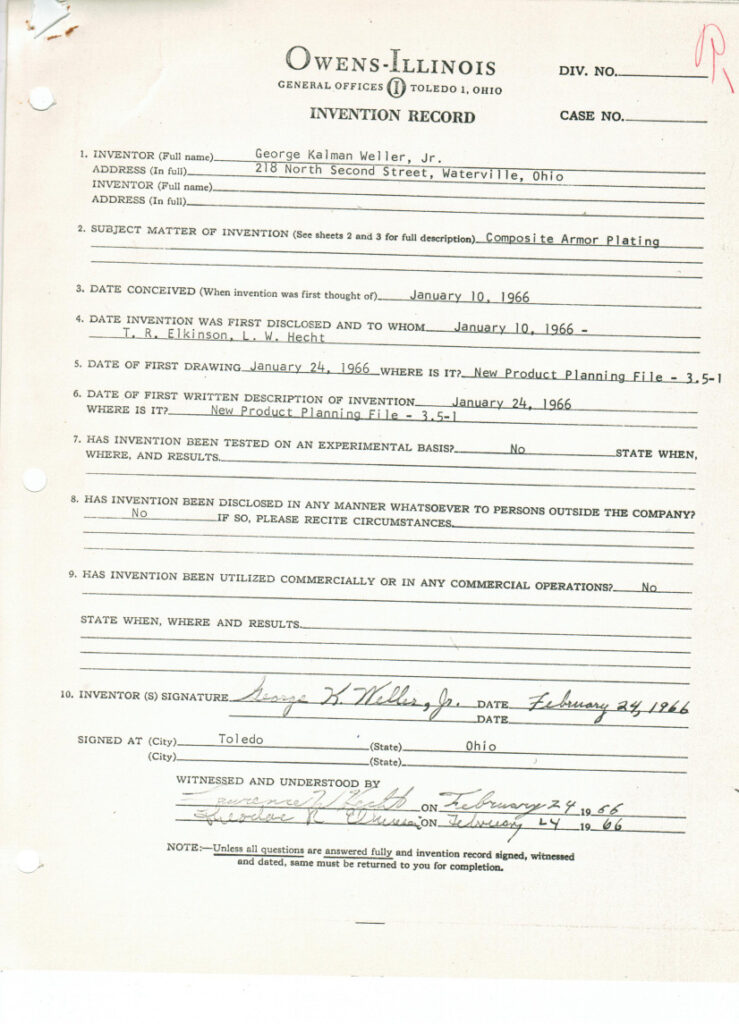
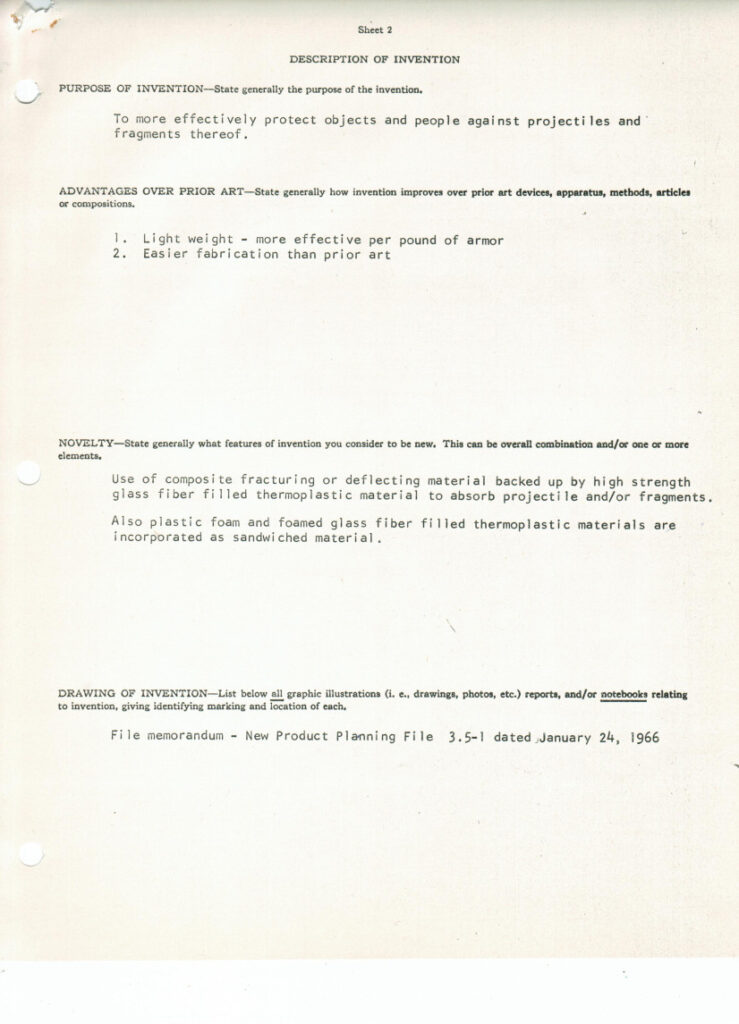
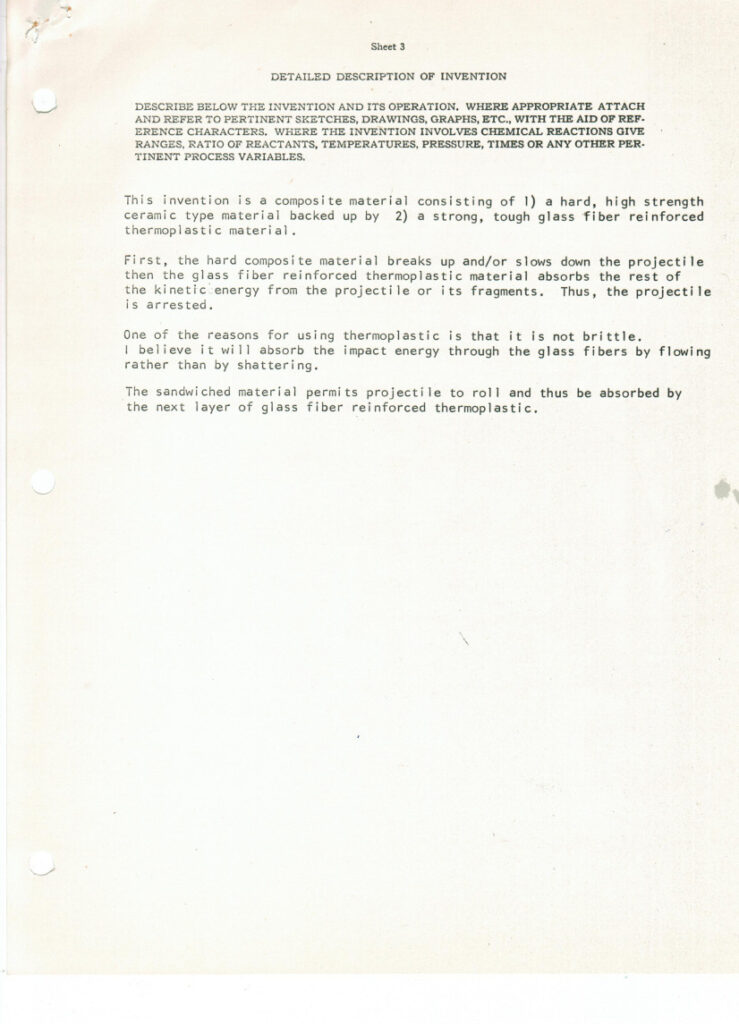
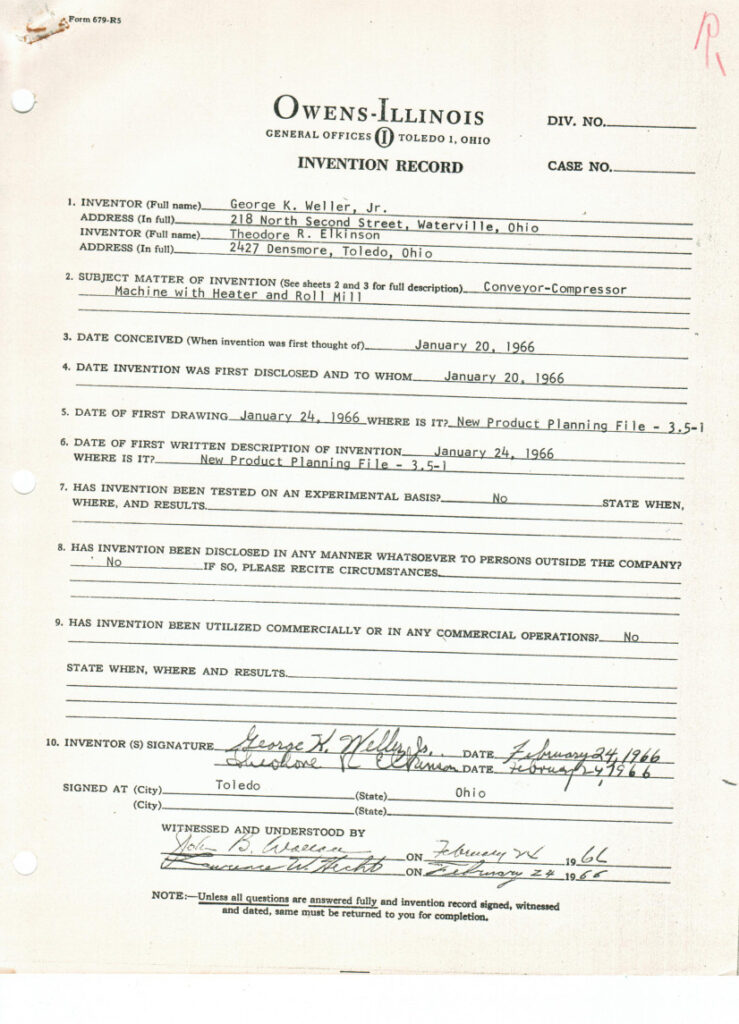
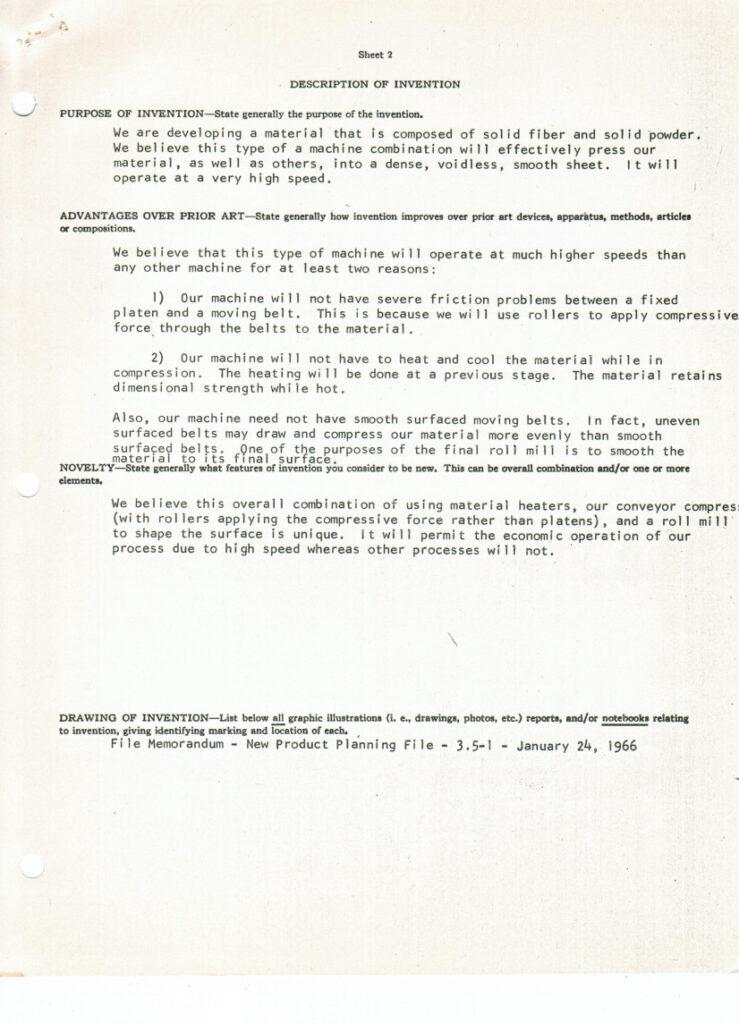
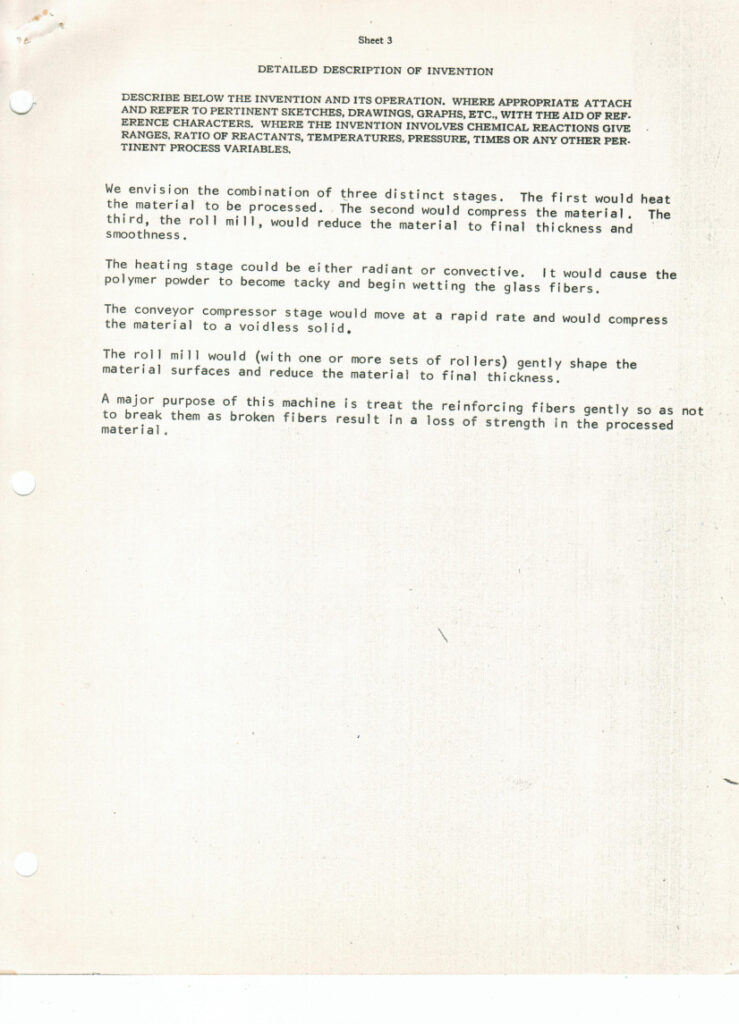
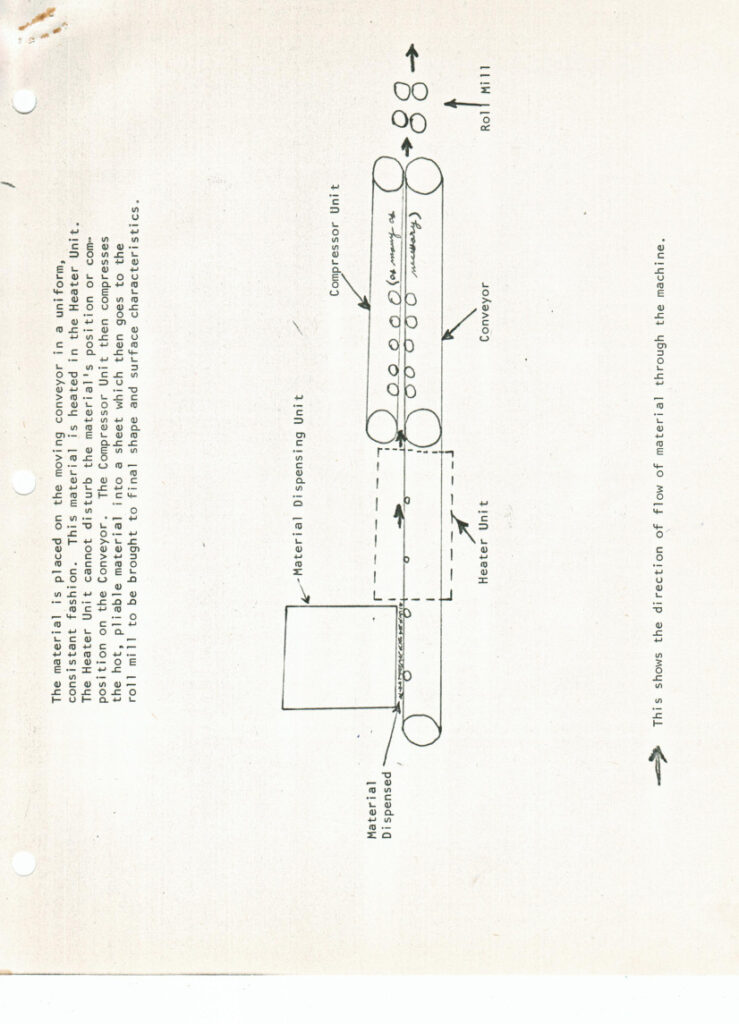
AI Overview Oct 16, 2025
I think this AI overview should be modified to include the fact that GKW discovered the use of fiber reinforced thermoplastics as light weight armor January 10, 1966 as shown in the above invention record copy.
Owens Illinois Inc. (O-I) developed a lightweight armor invention based on reinforced thermoplastics and ceramic tiles to create a composite armor system that could be used for personnel, vehicles, or buildings. The system was designed to smash projectile cores with the ceramic tiles, while the reinforced thermoplastic layers caught debris. This approach was a precursor to modern composite armors.
- Core components: The invention combines a reinforced thermoplastic, similar to reinforced glass fiber, with hard ceramic tiles like silicon carbide or aluminum oxide.
- Function: The ceramic tiles are designed to break the core of a projectile upon impact. The thermoplastic layers underneath the ceramic are meant to catch the resulting fragments and debris, preventing them from penetrating the protected area.
- Application: The resulting armor is lightweight and was intended for use in various applications, including personnel body armor, as well as for vehicles and other structures requiring ballistic protection.
- Historical context: This concept was developed in the late 1960s and early 1970s, with The New York Times reporting on a lightweight body armor invention by Owens Illinois that used ceramic materials. The technology paved the way for modern composite armors that combine ceramic and fiber-based materials.
No single person at Owens-Illinois is credited with discovering lightweight armor, but a company researcher named George later explored its possibilities, leading to the development of lightweight armor concepts involving reinforced thermoplastics and ceramic tiles. The initial discovery of the material used in armor, fiberglass, was an accidental breakthrough by Dale Kleist and Games Slayter at the company
HOMEMADE THERMOPANE WINDOWS.
Go to: Thermopane window design for sale
